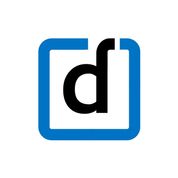PeopleStrong is a HR Software. PeopleStrong offers Recruiting Management, Performance Appraisal, Payroll Management, Onboarding, Employee Lifecycle Management and many more functionalities.
Some top alternatives to PeopleStrong includes BambooHR, Workable, GoCo, Paychex Flex and 365Talents.
Yes, PeopleStrong provides API.
Yes, PeopleStrong provides a mobile app.
PeopleStrong is located in Gurgaon, India
PeopleStrong offers Quotation Based pricing model
The starting price is not disclosed by PeopleStrong. You can visit PeopleStrong pricing page to get the latest pricing.
















